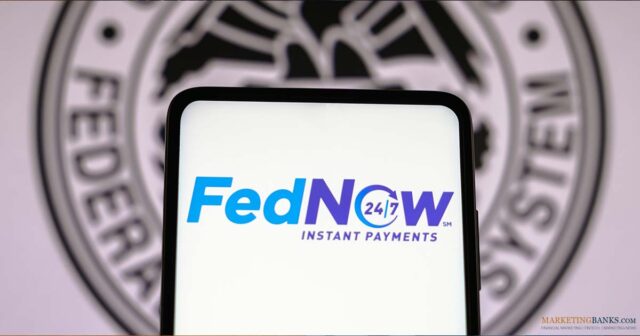The financial landscape is changing rapidly, and one of the most noteworthy additions is FedNow, the Federal Reserve’s instant payments service. Launched in July, this new system has already started shaking up the market and poses a direct challenge to the Real-Time Payments Network (RTP), which has been operational since 2017. So, what does the introduction of FedNow mean for banks and credit unions, and why should you care?
FedNow: A Fresh Competitor for Real-Time Payments Network
FedNow and RTP offer essentially the same service: instantaneous payments. RTP has been growing steadily and processed 58 million transactions in Q2 2023 alone. The system is run by The Clearing House, which itself is owned by 22 of the nation’s largest banks. With FedNow entering the market, a fresh and potentially formidable competitor has emerged, bringing along new opportunities as well as challenges for financial institutions.
Voluntary Adoption with Encouragement
Unlike many Federal Reserve initiatives, participating in FedNow is not mandated by law or regulation. Financial institutions can voluntarily opt-in. An IntraFi survey at the time of FedNow’s launch showed significant interest, with 23% of banks “definitely planning” to offer FedNow, and 48% considering it.
Revenue Generation and Strategic Dilemmas
For banks and credit unions, FedNow presents a unique chance for revenue generation from both business and retail customers. However, it’s not all sunshine and roses. The platform also introduces strategic, pricing, and marketing challenges that financial institutions must navigate carefully.
The Appeal for Small and Midsize Businesses
More than 60% of community banks’ revenue comes from serving small and medium-sized businesses. These businesses are increasingly looking at electronic invoice presentment and payment, particularly in B2B transactions. By adopting FedNow, banks can offer them this vital service, thereby potentially enhancing their revenues.
The Road Ahead for FedNow
Mark Gould, chief payments executive for the Federal Reserve System, suggests that FedNow is just at the beginning of its journey, with a “robust roadmap” for the addition of more features and functionalities. This makes early adoption a potentially strategic move for financial institutions looking to stay ahead of the curve.
The Perspective of Industry Leaders
Financial institutions seem to fall into one of three camps when it comes to FedNow:
- Early Adopters: Institutions that believe jumping in early gives them a competitive edge.
- Market Watchers: Those who see involvement as an opportunity to understand market trends.
- The Wait-and-See Group: Institutions that prefer to gauge the system’s performance before committing.
As more institutions join, the Federal Reserve’s queue is filling up. Linda Fischer, COO at CSI, suggests that nearly all institutions they work with will likely be signed up for at least “receive mode” within a year.
FedNow vs. RTP: It’s Not an Either/Or Scenario
One of the most critical aspects to consider is that FedNow and RTP are not mutually exclusive. Some of The Clearing House’s owner banks have signed up for FedNow as well, indicating the two systems can co-exist, possibly even complementing each other.
FedNow’s launch marks a significant moment in the evolution of payment systems in the United States. Financial institutions, especially smaller banks and credit unions, should assess this development carefully. Given the rising trend of instant payments, it might not be a question of ‘if’ but ‘when’ to adopt these new rails for the future of financial transactions.







